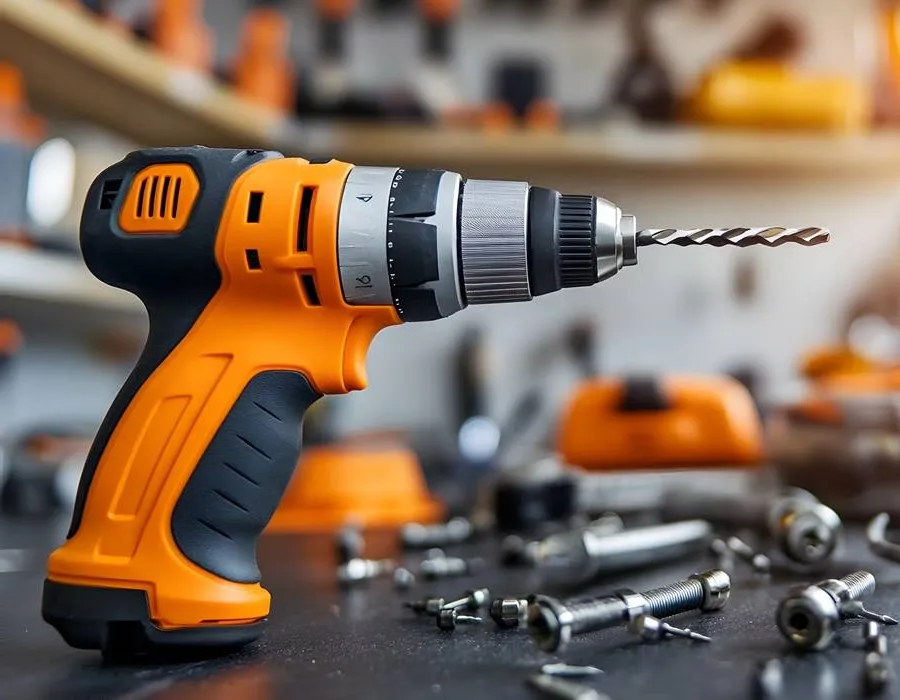In the world of mechanical engineering, bevel gears are a cornerstone for transmitting power between intersecting shafts. Among the various types of bevel gears, spiral bevel gears and straight bevel gears stand out due to their distinctive geometries and applications. While both types serve the purpose of transmitting torque and motion between shafts at an angle, their design and operational characteristics vastly differ.
What Are Spiral Bevel Gears?
Spiral bevel gears are a specialized type of bevel gear characterized by their curved, spiral-shaped teeth. These gears are engineered to provide smooth, efficient, and quiet operation, achieved through their unique tooth geometry that ensures gradual engagement between teeth. This design significantly reduces vibrations and noise, making them an essential component in high-precision and high-performance machinery.
The teeth in spiral bevel gears are cut at an angle to the gear face, resulting in a spiral pattern that enhances their ability to transmit power while minimizing wear. They are particularly well-suited for applications requiring high torque, smooth motion control, and durability. Industries like automotive, aerospace, robotics, and heavy machinery rely heavily on these gears for their unmatched performance.
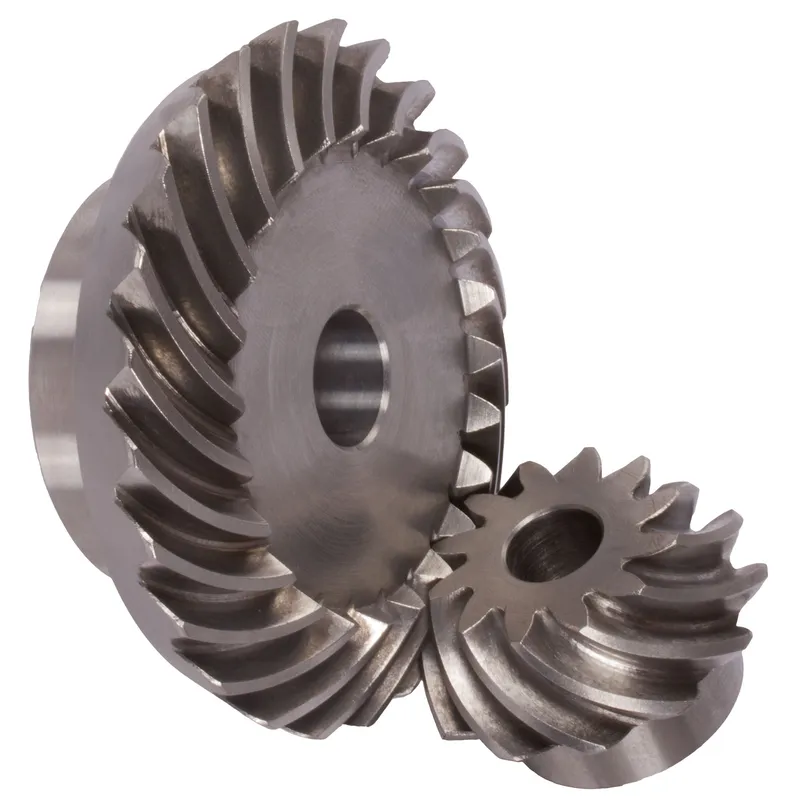
Advantages of Spiral Bevel Gears
1. Smooth and Quiet Operation
The curved teeth allow for gradual engagement, which ensures minimal noise and vibration. This feature is especially critical for applications in environments where silent operation is necessary, such as in robotics, aerospace systems, and automotive differentials.
2. High Load Capacity
Spiral bevel gears distribute the load across a larger surface area due to their tooth design. This results in higher load-carrying capabilities, which is why they are used in high-torque equipment like conveyors, crushers, and vehicle transmissions.
3. Enhanced Efficiency
The gradual engagement of teeth minimizes energy loss due to friction and vibration. This efficiency makes them ideal for high-speed and high-torque applications, where energy conservation is key.
4. Durability
The even distribution of forces along the gear teeth reduces stress concentrations, leading to increased longevity under heavy loads. This makes spiral bevel gears a preferred choice for industrial machinery that operates under challenging conditions.
5. High-Speed Applications
Their ability to minimize noise and vibration ensures reliable performance even at elevated rotational speeds. This makes them indispensable in modern automotive gearboxes, jet engines, and high-speed robotics.
Disadvantages of Spiral Bevel Gears
1. Complex Manufacturing Process
The precise machining required to create the curved, spiral teeth increases production time and cost. Advanced machinery and tooling are necessary, which drives up manufacturing expenses.
2. Higher Friction
Although spiral bevel gears offer smoother operation, their sliding tooth contact generates more friction compared to straight bevel gears. This can lead to higher heat generation and wear, requiring proper lubrication systems.
3. Cost
The intricate design and manufacturing processes make spiral bevel gears more expensive to produce and maintain. This cost is often justified by their superior performance in critical applications.
4. Alignment Sensitivity
Proper alignment is crucial for the longevity and performance of spiral bevel gears. Misalignment can lead to uneven wear, noise, and a significant reduction in lifespan.
Applications of Spiral Bevel Gears
Automotive Differentials
Spiral bevel gears are a key component in vehicle differentials, where they transfer power smoothly from the driveshaft to the wheels, ensuring efficient torque distribution during turns.
Aerospace Systems
Their high load capacity, precision, and smooth operation make them ideal for use in aircraft engines, control systems, and landing gear mechanisms.
Industrial Machinery
Heavy-duty machinery such as crushers, conveyors, and milling machines rely on spiral bevel gears for their durability and efficiency.
Robotics
In robotic joints and actuators, where precise motion control is critical, spiral bevel gears ensure smooth and quiet operation.
Power Plants
They are also used in power generation equipment, such as turbines and generators, where high efficiency and reliability are paramount.
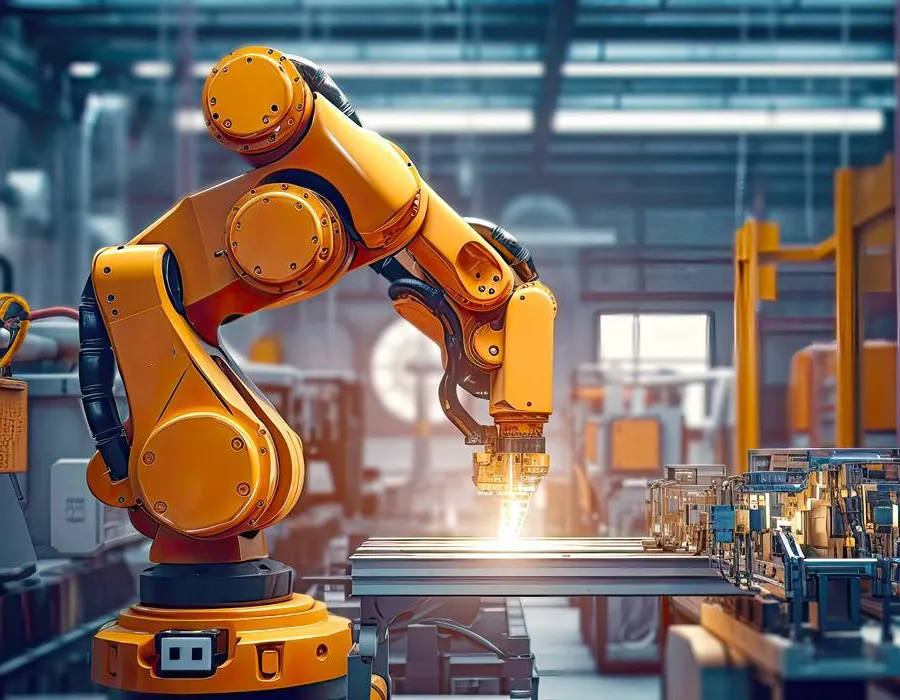 |  |
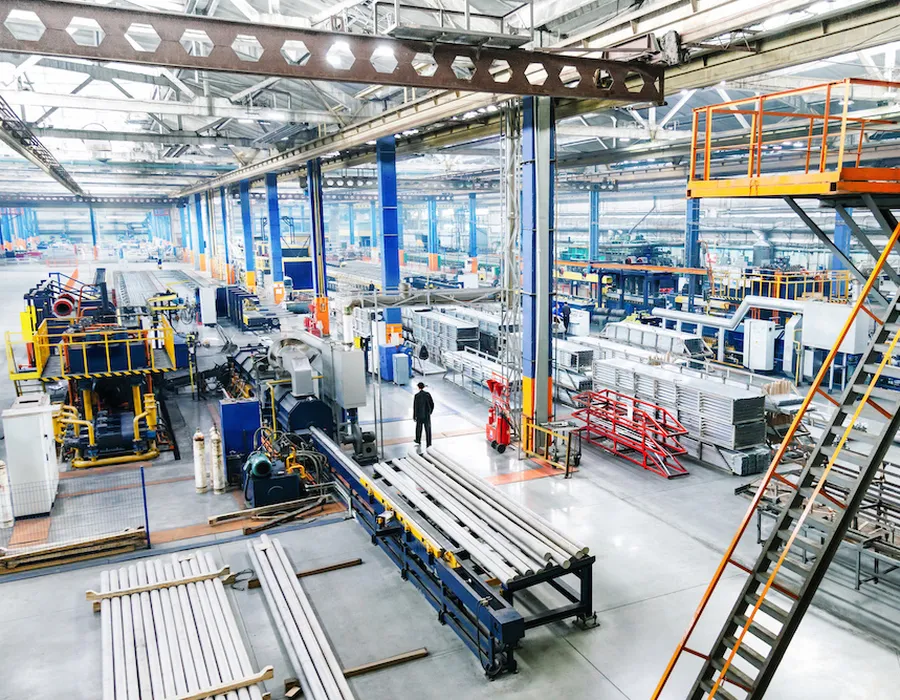 |  |
What Are Straight Bevel Gears?
Straight bevel gears are the simplest version of bevel gears, featuring straight teeth cut along the surface of a gear cone. These gears are typically used for transmitting power between intersecting shafts, most commonly at 90 degrees. Their design is straightforward, making them a cost-effective solution for basic power transmission tasks.
Though less advanced than spiral bevel gears, straight bevel gears are effective in low-speed and low-torque applications where noise and vibrations are less of a concern. They are often found in hand tools, agricultural machinery, and simple mechanical systems.
Advantages of Straight Bevel Gears
1. Simpler Design
The geometry of straight bevel gears is straightforward, with straight-cut teeth that are easier to design and manufacture. This simplicity reduces production time and the need for specialized manufacturing equipment, making them more accessible for small-scale operations and industries with limited resources.
2. Cost-Effective
Because of the less complex tooling and machining processes required, straight bevel gears are significantly cheaper to produce. This affordability makes them ideal for applications with strict budgetary constraints, such as agricultural machinery and basic mechanical systems.
3. Low Friction
The rolling contact of the teeth minimizes friction, reducing wear and tear. This characteristic makes straight bevel gears suitable for applications where energy efficiency is not the primary concern but durability is still desired.
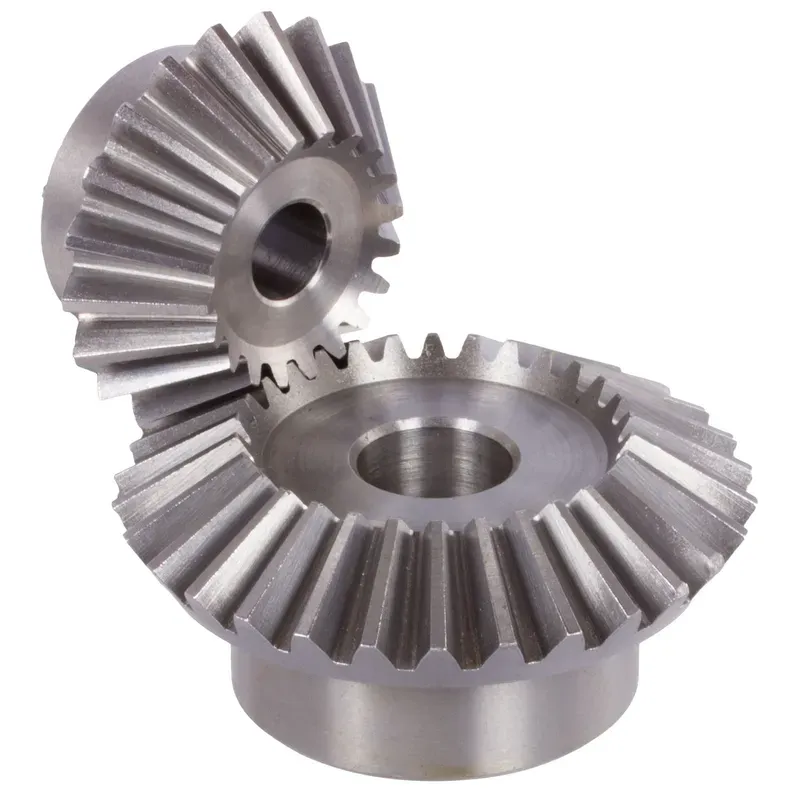
4. Ease of Maintenance
With fewer intricate components, straight bevel gears are easier to inspect and maintain. Their simple construction allows for quicker repairs and replacements, reducing downtime in equipment like hand tools and small mechanical systems.
5. Ideal for Low-Speed Applications
Straight bevel gears perform well in low-speed environments where noise and vibrations are less noticeable. They are commonly found in low-speed machinery, such as manual grinders and basic gear-driven devices.
Disadvantages of Straight Bevel Gears
1. Noisy Operation
The straight teeth engage abruptly, leading to higher noise and vibration during operation. This makes them unsuitable for high-speed or precision applications, such as robotics or aerospace systems, where quiet operation is critical.
2. Lower Load Capacity
The point contact between the teeth results in concentrated stress, limiting their ability to handle heavy loads. This restricts their use in applications requiring high torque or continuous operation under significant stress.
3. Shorter Lifespan
Due to the uneven distribution of forces and higher stress concentrations, straight bevel gears are more vulnerable to wear, fatigue, and failure under heavy loads. This makes them less durable in demanding industrial environments.
4. Limited Efficiency
The sudden engagement of teeth leads to energy loss through noise and vibration. This inefficiency reduces their suitability for applications that demand high energy conservation or constant torque transmission.
5. Alignment Sensitivity
Like other bevel gears, straight bevel gears require precise alignment to function effectively. Misalignment can cause uneven wear, increased noise, and a significant reduction in the gear’s operational lifespan.
Key Comparisons Between Spiral and Straight Bevel Gears
| Feature | Straight Bevel Gear | Spiral Bevel Gear |
|---|---|---|
| Teeth Design | Teeth are straight and cut along the axis on a cone. | Teeth are spiral-shaped and cut in the form of a spiral curve on the pitch cone. |
| Contact Between Teeth | Two teeth of mating gears come into sudden contact. The contact is always a line equal to the face width of teeth. | Teeth of mating gears gradually come into contact, starting with a point and gradually becoming a line. |
| Shock Loading | Teeth are subjected to impact or shock loading due to the sudden contact. | Teeth are subjected to gradual loading, reducing shock or impact. |
| Noise | Sudden contact generates noise during operation. | Operation is quieter due to gradual engagement of the teeth. |
| Vibration | Shock loading induces vibration, making the operation less smooth. | Gradual contact reduces vibrations, resulting in smoother operation. |
| Manufacturing Complexity | Easier to design and manufacture, making them cheaper. | More complex design and manufacturing process, leading to higher costs. |
| Thrust Force on Bearings | Exerts less thrust force on the bearings that support the shafts. | Exerts more thrust force on the bearings compared to straight bevel gears. |
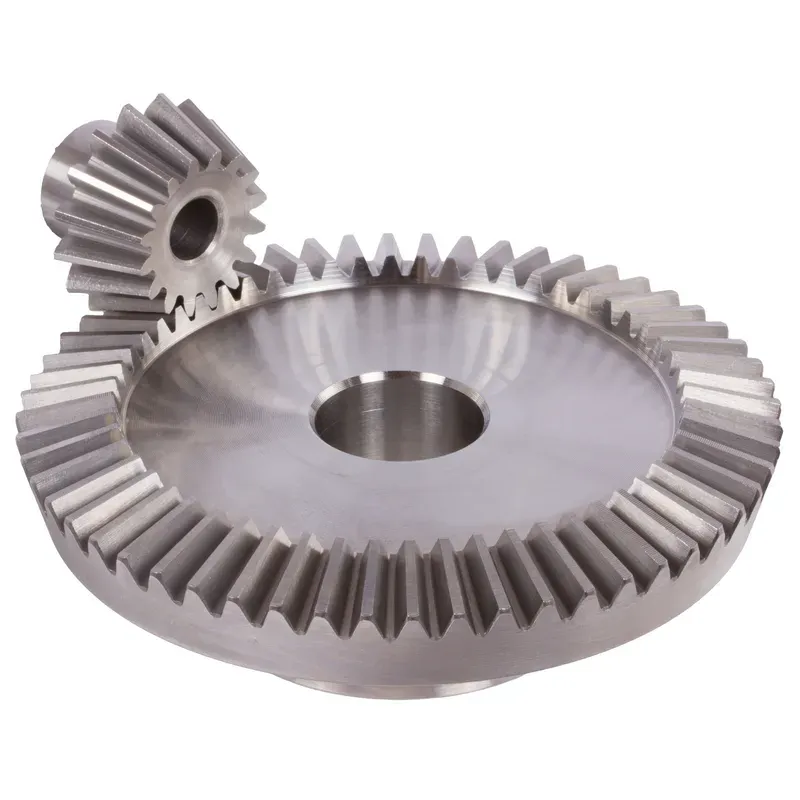 | 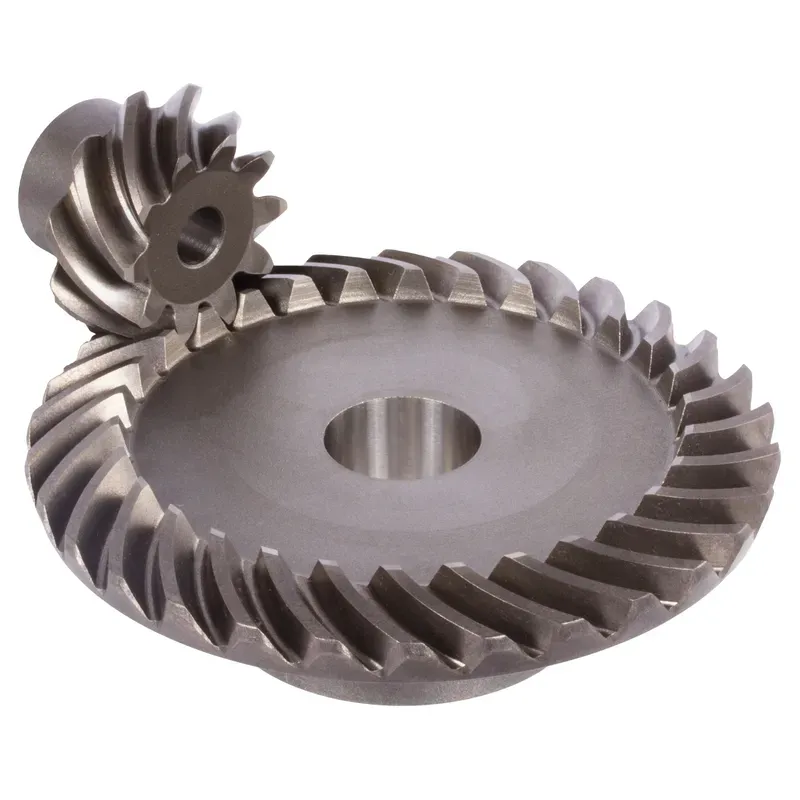 |
| Straight Bevel Gear | Spiral Bevel Gear |
